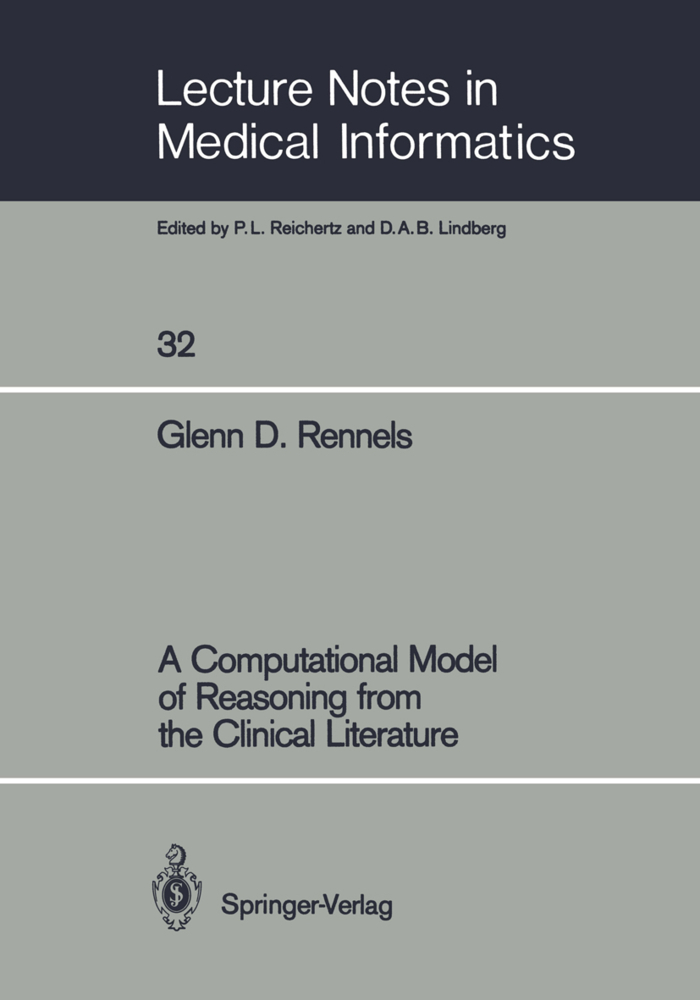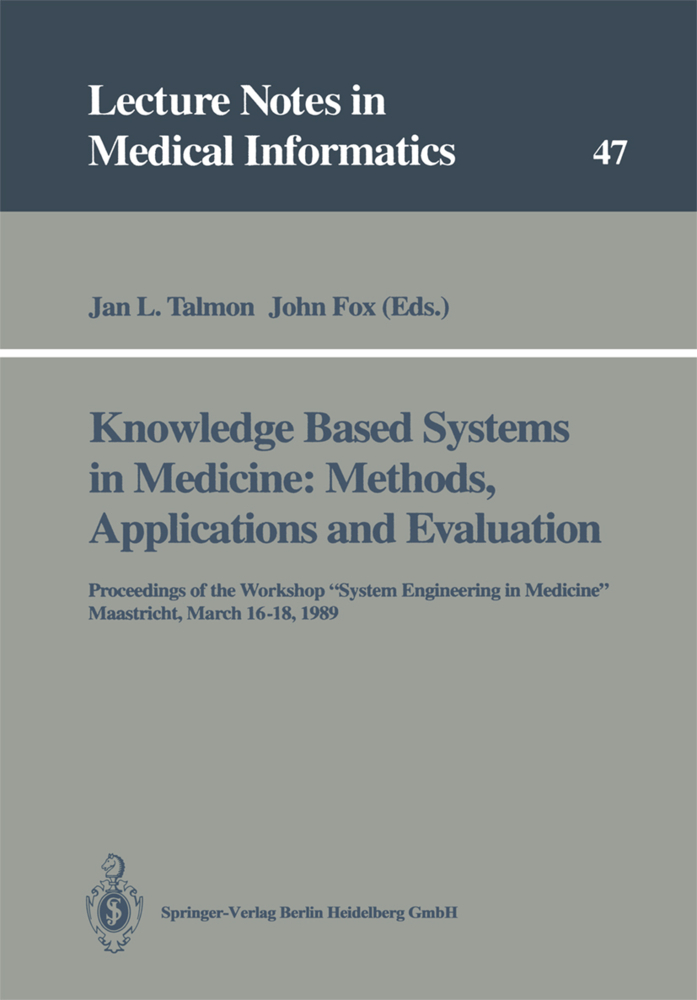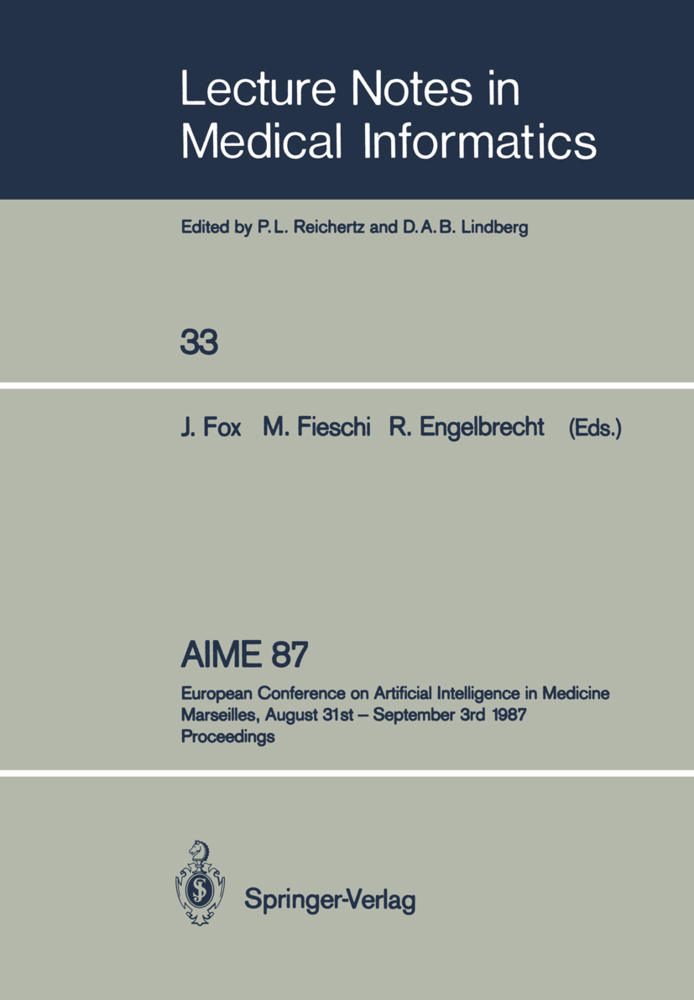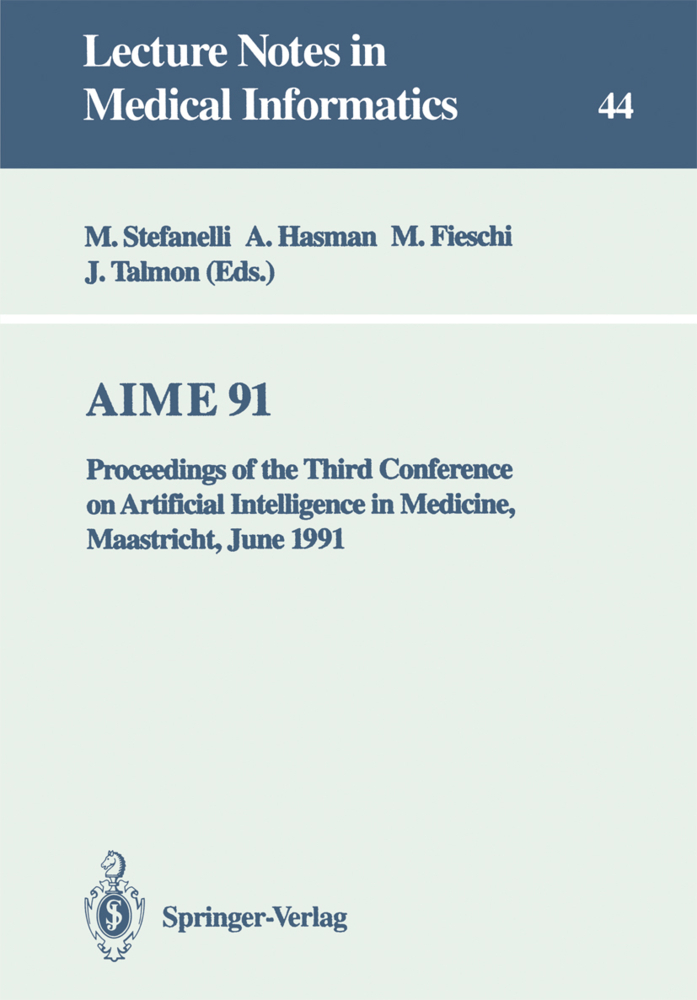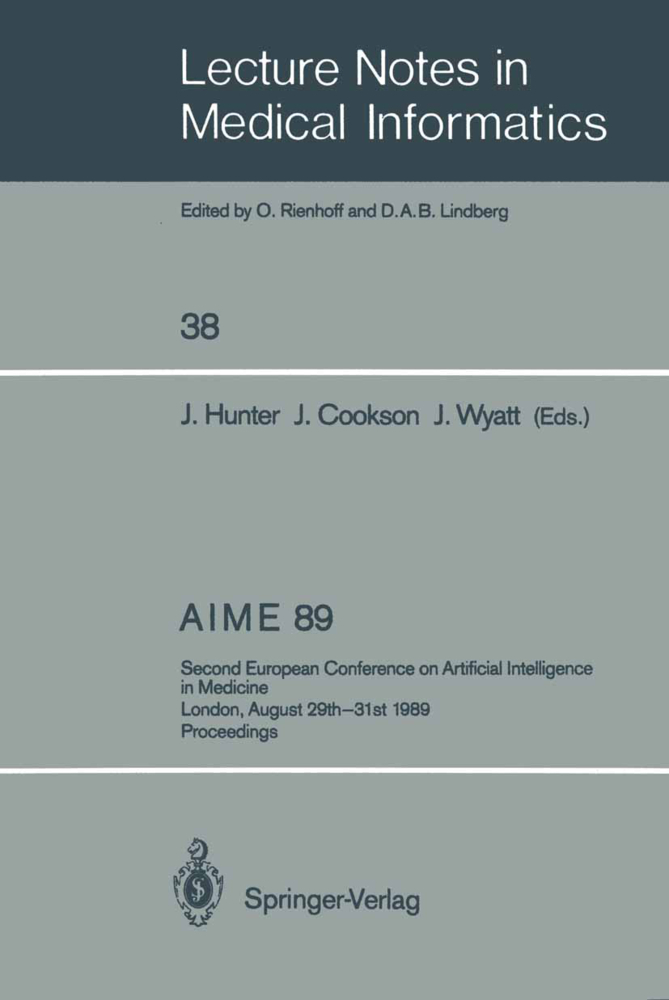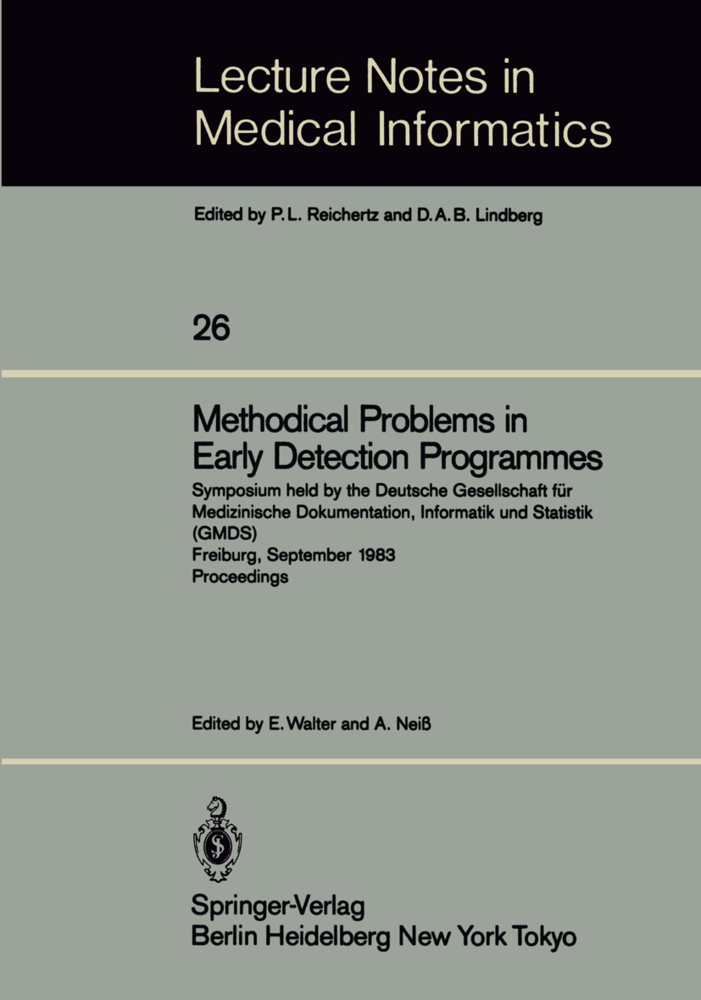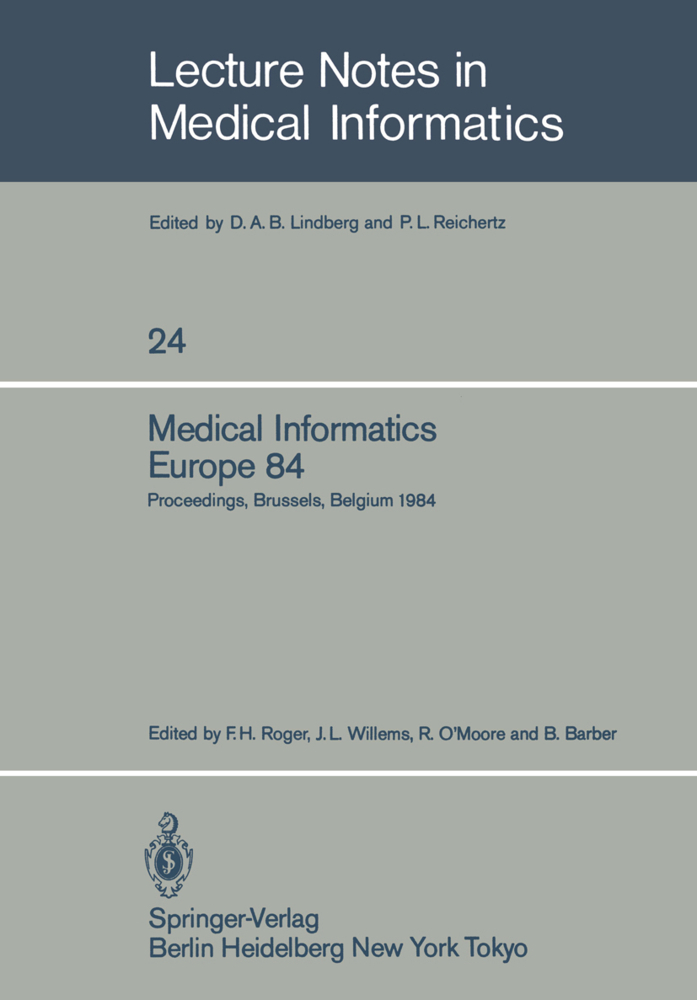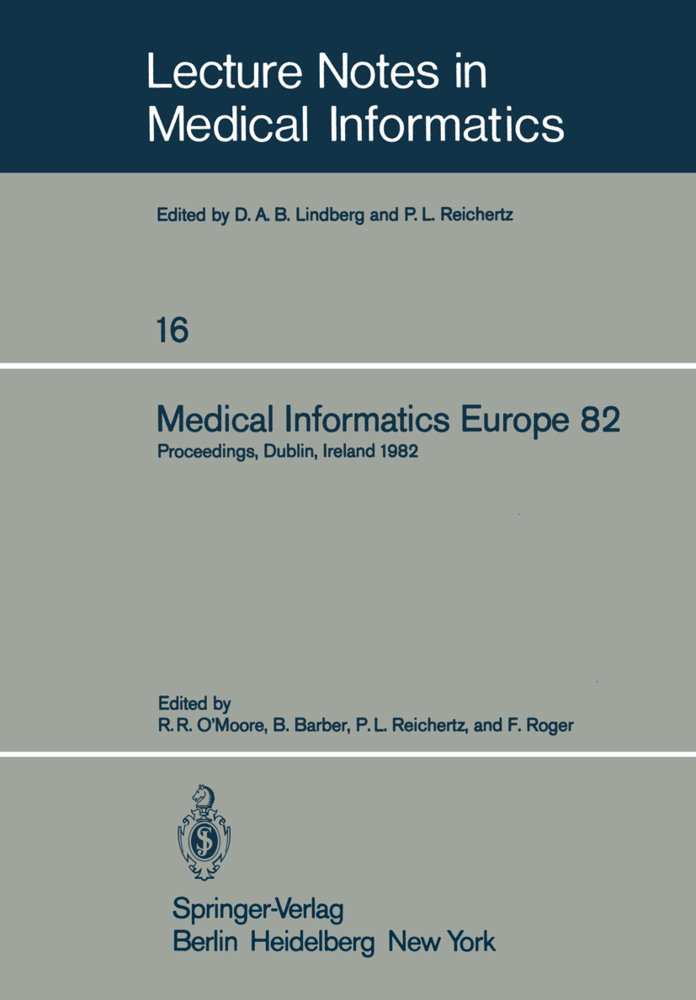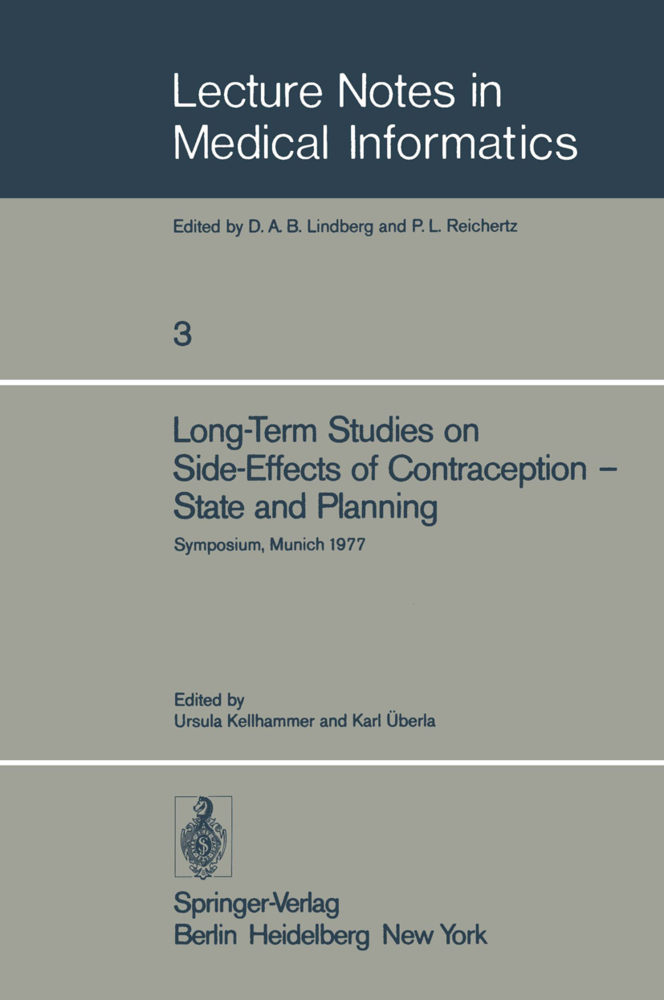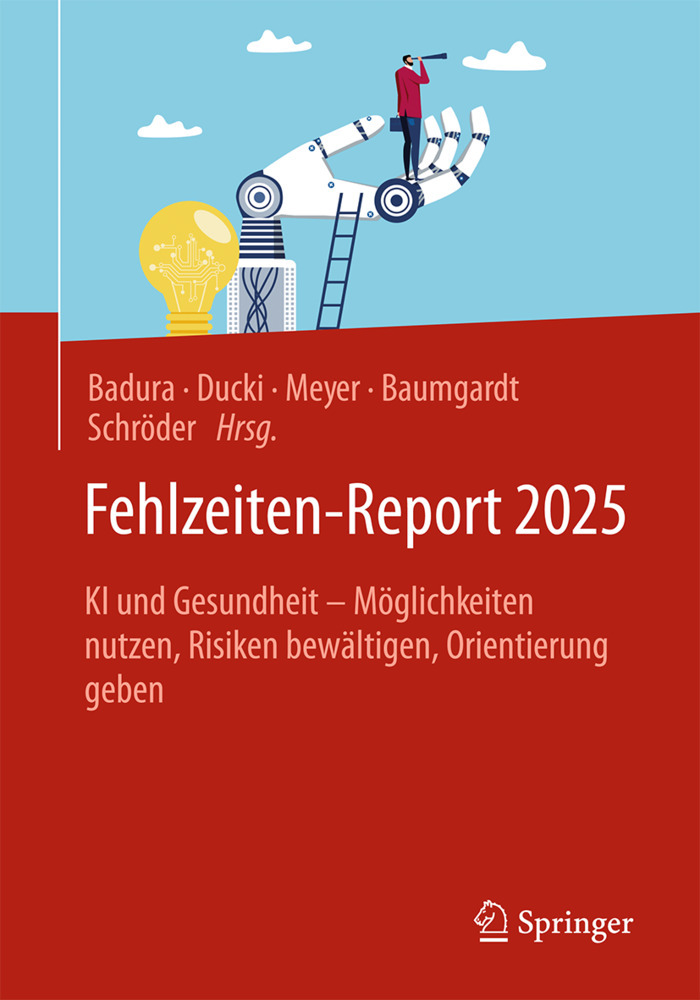A Computational Model of Reasoning from the Clinical Literature
A Computational Model of Reasoning from the Clinical Literature
As research on expert systems has moved well into its second decade, it has become popular to cite the limitations of the phenomenologic or associational approach to knowledge representation that was typical of first generation systems. For example, the Internist-1 knowledge base represents explicitly over 600 diseases, encoding associated disease manifestations (signs, symptoms, physical findings, and lab abnormalities) but failing to deal with the reasons that those findings may be present in the disease [Miller, R. A. 82]. In recent years Pople has sought to add detailed causal models to the knowledge base in a revised version of the program known as CADUCEUS [Pople 82]. Similarly, a typical production rule in the MYCIN system states inferences that may be drawn when specific conditions are found to be true [Buchanan 84], but the underlying explanations for such relationships are not encoded. Clancey has argued that MYCIN needs such "supporting knowledge" represented, especially if its knowledge base is to be used for teaching purposes [Clancey 83]. By the late 1970s, artificial intelligence researchers were beginning to experiment with reasoning systems that used detailed mechanistic or causal niodels of the object being analyzed. Among the best early examples were a program to teach students how to analyze electronic circuits [Brown 82] and a system for diagnosing problems with mechanical devices [Rieger 76].
1.2. Research Themes
1.3. The Roundsman System: Examples
1.4. Research Contributions
1.5. Guide to the Reader
2. Background
2.1. A Review of Artificial Intelligence in Medicine
2.2. Consultation Systems for Biostatistics
2.3. Computer Databases
2.4. Decision Analysis
2.5. Scope of the Biomedical Reports in Roundsman's Library
2.6. Guides to Clinical Application of Biomedical Reports
2.7. Management of Primary Breast Cancer
3. Overview of the Research and the Roundsman System
3.1. Informal Protocol Analysis
3.2. The Development of Target Scripts
3.3. Selection of Publications to Include in Roundsman
3.4. Hardware and Software Support
3.5. An Overview of the Roundsman System
4. Modeling Distance from Study to Decision
4.1. Representing a Study's Basic Statistical Results
4.2. A Taxonomy of Distance
4.3. Calibration of Distance
4.4. Distance Estimators
4.5. Work Related to Roundsman's Distance Metric
4.6. Summary
5. Choice and Explanation
5.1. Introduction
5.2. Multiattribute Decision Making
5.3. The Importance of Modelling Both Choice and Explanation
5.4. Four Strategies for Choice and Explanation
5.5. Lexicographical Ordering
5.6. Satisficing
5.7. Dominance
5.8. Trade-Off
5.9. Comparison Strategies Under Uncertainty
5.10. Implementation in Roundsman
5.11. Summary
6. Interactions Between Studies
6.1. Updating Roundsman Over Time
6.2. Conflict Between Study Results
6.3. Summary and Future Directions
7. Text Generation
7.1. Introduction
7.2. Examples
7.3. Programming Language Primitives: Objects and Messages
7.4. Overview of the Implementation
7.5. Operational Description of the Objects
7.6. Discussion
8. ExtendedExamples and Evaluation
8.1. Example 1
8.2. Example 2
8.3. Example 3
8.4. Example 4
8.5. Example 5
8.6. Example 6
8.7. Example 7
8.8. Example 8
8.9. Evaluation
9. Conclusions
9.1. Summary
9.2. Limitations
9.3. Promising Areas for Extending the Research
Appendix I. Internal Representation of the Studies in Roundsman's Library
Appendix II. Sample Distance Estimators
References.
1. Introduction
1.1. Introduction to the Problem1.2. Research Themes
1.3. The Roundsman System: Examples
1.4. Research Contributions
1.5. Guide to the Reader
2. Background
2.1. A Review of Artificial Intelligence in Medicine
2.2. Consultation Systems for Biostatistics
2.3. Computer Databases
2.4. Decision Analysis
2.5. Scope of the Biomedical Reports in Roundsman's Library
2.6. Guides to Clinical Application of Biomedical Reports
2.7. Management of Primary Breast Cancer
3. Overview of the Research and the Roundsman System
3.1. Informal Protocol Analysis
3.2. The Development of Target Scripts
3.3. Selection of Publications to Include in Roundsman
3.4. Hardware and Software Support
3.5. An Overview of the Roundsman System
4. Modeling Distance from Study to Decision
4.1. Representing a Study's Basic Statistical Results
4.2. A Taxonomy of Distance
4.3. Calibration of Distance
4.4. Distance Estimators
4.5. Work Related to Roundsman's Distance Metric
4.6. Summary
5. Choice and Explanation
5.1. Introduction
5.2. Multiattribute Decision Making
5.3. The Importance of Modelling Both Choice and Explanation
5.4. Four Strategies for Choice and Explanation
5.5. Lexicographical Ordering
5.6. Satisficing
5.7. Dominance
5.8. Trade-Off
5.9. Comparison Strategies Under Uncertainty
5.10. Implementation in Roundsman
5.11. Summary
6. Interactions Between Studies
6.1. Updating Roundsman Over Time
6.2. Conflict Between Study Results
6.3. Summary and Future Directions
7. Text Generation
7.1. Introduction
7.2. Examples
7.3. Programming Language Primitives: Objects and Messages
7.4. Overview of the Implementation
7.5. Operational Description of the Objects
7.6. Discussion
8. ExtendedExamples and Evaluation
8.1. Example 1
8.2. Example 2
8.3. Example 3
8.4. Example 4
8.5. Example 5
8.6. Example 6
8.7. Example 7
8.8. Example 8
8.9. Evaluation
9. Conclusions
9.1. Summary
9.2. Limitations
9.3. Promising Areas for Extending the Research
Appendix I. Internal Representation of the Studies in Roundsman's Library
Appendix II. Sample Distance Estimators
References.
Rennels, Glenn D.
| ISBN | 978-3-540-17949-8 |
|---|---|
| Medientyp | Buch |
| Copyrightjahr | 1987 |
| Verlag | Springer, Berlin |
| Umfang | XV, 230 Seiten |
| Sprache | Englisch |

